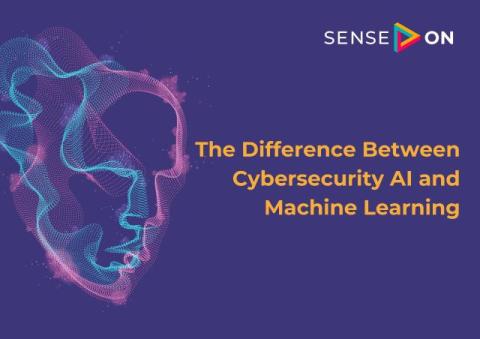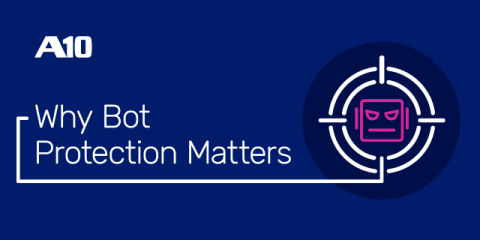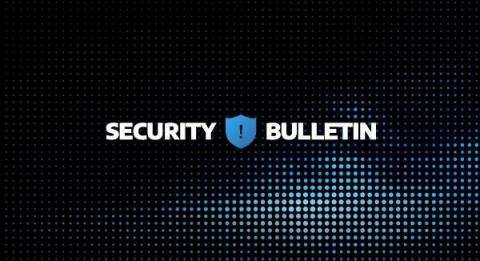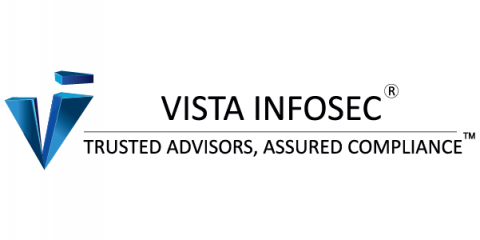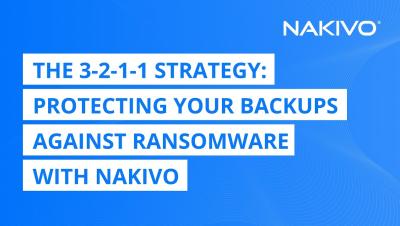The Difference Between Cybersecurity AI and Machine Learning
In what feels like 10 minutes, cybersecurity AI and machine learning (ML) have gone from a concept pioneered by a handful of companies, including SenseOn, to a technology that is seemingly everywhere. In a recent SenseOn survey, over 80% of IT teams told us they think that tools that use AI would be the most impactful investment their security operations centre (SOC) could make.


